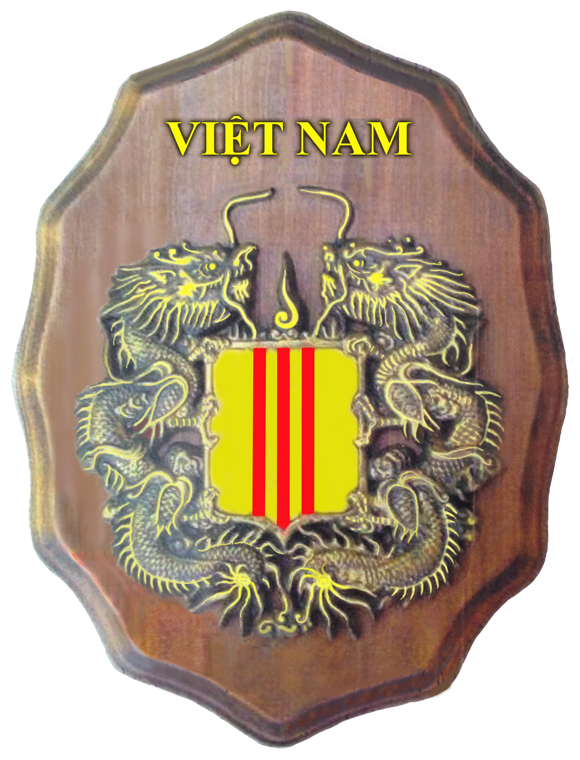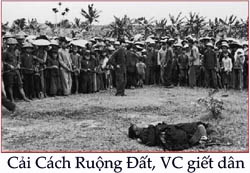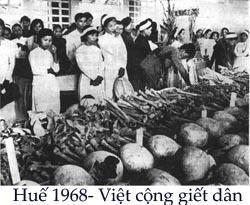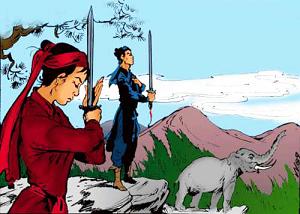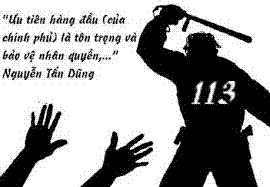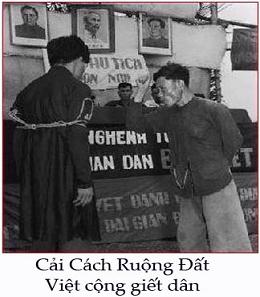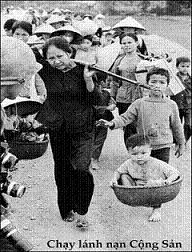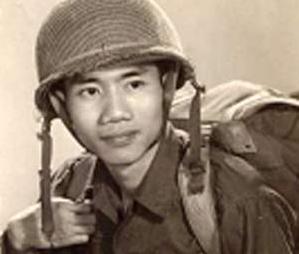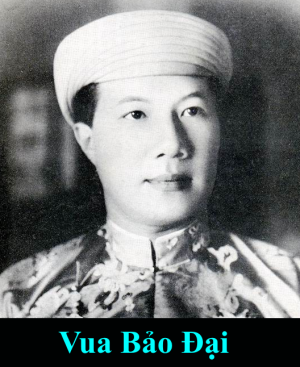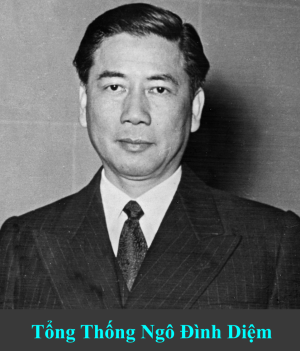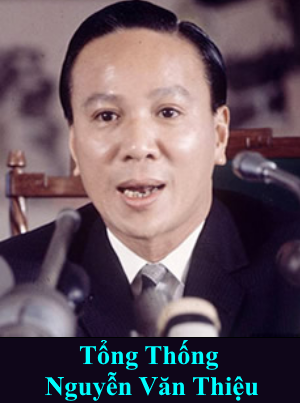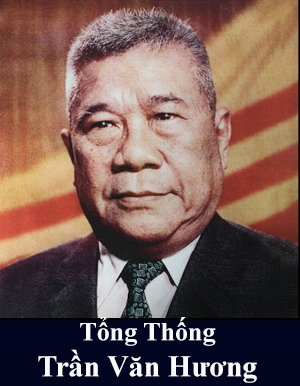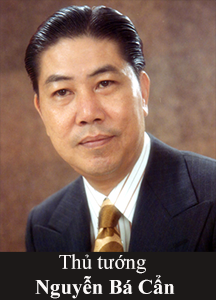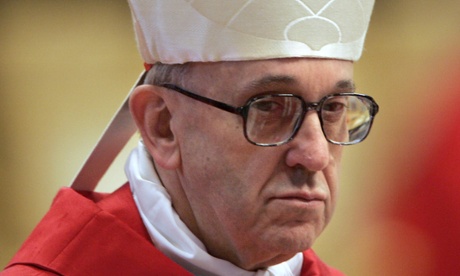Chào mừng Quý vị đến với Ủy Ban Phục Hoạt Hiệp Định Paris 1973.
Tin Hải Ngoại
--------o0o--------
Đức Hồng Y Bergoglio được bầu làm tân Giáo Hoàng Phanxicô I
Đức Hồng Y Bergoglio được bầu làm tân Giáo Hoàng Phanxicô I,
New pope 2013: Jorge Bergoglio, Argentine cardinal, elected pope
Đức Giáo Hoàng Francis I.
Đức Giáo Hoàng Francis I (b).
Đức Thánh Cha Mới ( Tước Hiệu Francis I )
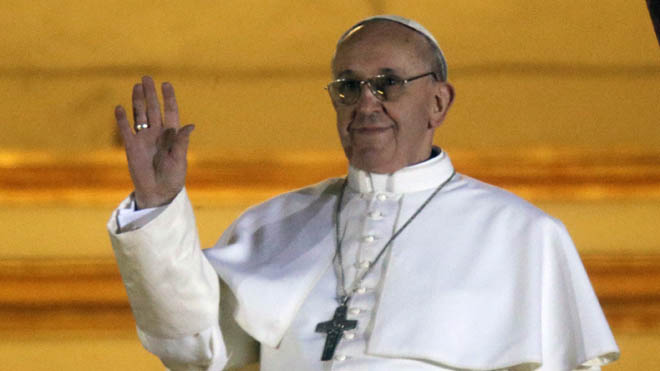
Đức Hồng Y Bergoglio được bầu làm tân Giáo Hoàng Phanxicô I
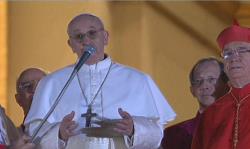 VATICAN. ĐHY Jorge Mario Bergoglio, 76 tuổi, TGM giáo phận Buenos Aires, Argentina, đã được bầu làm Giáo Hoàng và ngài lấy danh hiệu là Phanxicô.
VATICAN. ĐHY Jorge Mario Bergoglio, 76 tuổi, TGM giáo phận Buenos Aires, Argentina, đã được bầu làm Giáo Hoàng và ngài lấy danh hiệu là Phanxicô.
Lúc 19 giờ 6 phút tối hôm 13-3-2013, khói trắng bắt đầu xông ra từ ống khói trên mái nhà nguyện Sistina, giữa tiếng reo vui mừng của hàng chục ngàn tín hữu kiên nhẫn đứng chờ đợi hàng giờ trước đó dưới trời mưa.
Khói trắng thật rõ ràng, các chuông của Đền thờ thánh Phêrô được gióng lên liên hồi, báo hiệu đã có Giáo Hoàng mới.
Tin này được loan đi lập tức trên khắp thế giới. Các đài truyền hình và phát thanh tạm ngưng chương trình đang phát để loan đi tin quan trọng này.
Tại Roma, hàng chục ngàn tín hữu và dân chúng dùng mọi cách để tuôn về Quảng trường thánh Phêrô để chào mừng vị tân Giáo Hoàng.
Quảng trường đông chật người, các tín hữu nhẩy mừng, reo hò ca hát, phất cờ quốc gia của họ. Có những những nhóm trương biểu ngữ hoan hô Đức Giáo Hoàng.
Trong khi chờ đợi ban quân nhạc của Hiến binh Vatican, cùng với đoàn vệ binh Thụy Sĩ và ban quân nhạc của hiến binh Italia và đoàn liên quân của nước này tiến ra thềm Đền thờ Thánh Phêrô để sẵn sàng chào mừng Đức Tân Giáo Hoàng. Ông Đô trưởng Roma, Gianni Alemano, cũng có mặt để chào mừng.
1 giờ 5 phút sau khi bắt đầu có khói trắng, ĐHY Jean Louis Tauran, người Pháp, trưởng đẳng Phó tế, xuất hiện tại bao lơn đền thờ thánh Phêrô, giữa tiếng reo hò vui mừng của mọi người. Viva il Papa. Bầu trời lúc này đã tạnh mưa. ĐHY long trọng tuyên bố:
Tôi loan báo cho anh chị em một tin vui lớn: Chúng ta đã có Giáo Hoàng. Đó là ĐHY Bergoglio. Ngài lấy danh hiệu là Phanxicô,
Lời chào của Đức Tân Giáo Hoàng
Ít phút sau đó, Đức tân Giáo Hoàng xuất hiện, Ngài ứng khẩu nói với mọi người:
Anh chị em thân mến, chào anh chị em
Anh chị em biết là nghĩa vụ của mật nghị Hồng y là cung cấp một GM cho Roma. Dường như các anh em Hồng y của tôi đi đến hầu như tận cùng thế giới để lấy vị đó, nhưng bây giờ chúng ta đang ở đây. Tôi cám ơn anh chị em vì sự tiếp đón. Cộng đồng giáo phận Roma dành cho GM của mình. Cám ơn Anh chị em.
Trước tiên tôi muốn cầu nguyện cho Đức nguyên GM Roma Biển Đức 16. Tất cả chúng ta cùng nhau cầu nguyện cho ngài, xin Chúa chúc lành cho ngài và xin Mẹ Maria gìn giữ ngài.
Tiếp đến Đức Tân Giáo Hoàng và mọi người đọc kinh Lạy Cha, Kính Mừng và Sáng Danh.
Rồi ĐTC Phanxicô nói tiếp: ”Và giờ đây chúng ta bắt đầu hành trình này, GM và dân chúng, hành trình của Giáo Hội Roma là Giáo Hội chủ trì toàn thể các Giáo Hội khác trong đức bác ái, một hành trình huynh đệ và yêu thương, tín nhiệm giữa chúng ta. Chúng ta hãy luôn cầu nguyện cho chúng ta, cầu cho nhau. Chúng ta hãy cầu nguyện cho toàn thế giới để có một tình huynh đệ đậm đà hơn. Tôi cầu mong cho anh chị em sao cho hành trình này của Giáo Hội mà hôm nay chúng ta bắt đầu, và cho người giúp đỡ tôi là ĐHY Giám quản hiện diện ở đây, được nhiều thành quả cho công cuộc rao giảng Tin Mừng tại thành phố đẹp đẽ này.
”Và giờ đây tôi muốn ban phép lành cho anh chị em. Nhưng trước tiên tôi xin anh chị em một ân huệ. Trước khi GM chúc lànhc ho dân, tôi xin anh chị em cầu xin Chúa chúc lành cho tôi. Kinh nguyện của dân, cầu xin Chúa ban phép lành cho GM của mình. Chúng ta hãy cầu nguyện trong thinh lặng, anh chị em cầu nguyện cho tôi.
Sau cùng, ĐHY Tauran loan báo ĐTC ban phép lành với ơn toàn xá cho các tín hữu, cho Roma và toàn thế giới.
Vài dòng tiểu sử
ĐTC Jorge Mario Bergoglio thuộc dòng Tên, sinh ngày 17 tháng 12 năm 1936 tại Buenos Aires. Ngài gia nhập dòng Tên ngày 11-3 năm 1858 và theo học các môn nhân văn tại Chile và năm 1963 ngài trở về thủ đô Argentina, tốt nghiệp triết học tại Phân khoa triết tại Học viện San José. Trong hai năm từ 1964 đến 1965, ngài làm giáo sư văn chương và tâm lý tại Học viện Đức Mẹ Vô Nhiễm ở thành phố Santa Fe, rồi sau đó tại Học viện Salvatore tại Buenos Aires.
Từ năm 1967 đến 1970 ngài học thần học và tốt nghiệp tại Học viện San Miguel. Ngày 13-12 năm 1969, thầy Bergoglio thụ phong linh mục lúc đã 33 tuổi. Rồi năm sau Cha làm nhà tập thứ hai ở Tây Ban Nha trước khi khấn trọng ngày 22-4-1973.
Cha Bergolio làm giáo tập, rồi giáo sư tại phân khoa thần học, trước khi làm Giám tỉnh dòng Tên ở Argentina năm 1973.
10 năm sau đó, Cha Bergoglio sang Đức dọn luận án tiến sĩ . Năm 1992 ngài được Đức Gioan Phaolô 2 bổ nhiệm làm GM Phụ tá tổng giáo phận Buenos Aires và 6 năm sau trở thành TGM giáo phận chính tòa của Giáo phận này. 3 năm sau, 2001, ngài được thăng hồng y.
ĐHY Bergoglio vốn là vị, theo báo chí, đã được nhiều phiếu nhất sau ĐHY Ratzinger trong mật nghị bầu Giáo Hoàng cách đây 8 năm.
Khi làm TGM giáo phận Buenos Aires, nổi tiếng là gần gũi dân chúng và sống khiêm nhường. Ngài vẫn thường đi xe bus, viếng thăm người nghèo, sống trong một căn hộ đơn sơ và tự nấu ăn. Đối với nhiều người dân Buenos Aires, ngài thường được gọi bằng danh hiệu đơn sơ là ”Cha Jorge”.
ĐHY Bergoglio thiết lập các giáo xứ mới, chỉnh đốn các văn phòng hành chắnh, hướng dẫn các sáng kiến bảo vệ sự sống và bắt đầu các chương trình mục vụ mới, như thành lập một Ủy ban về những người ly dị. Trong Thượng HĐGM thế giới kỳ 10 hồi tháng 10 năm 2001, ngài được bổ nhiệm làm Tổng tường trình viên. Từ năm 2005 đến 2011 ngài làm Chủ tịch HĐGM Argentina.
ĐHY Bergoglio đã viết các sách và linh đạo và suy niệm, và cũng thường lên tiếng chống lại nạn phá thai, hôn nhân đồng phái.
Hồi năm 2010, khi Argentina trở thành quốc gia Nam Mỹ đầu tiên ban hành luật công nhân hôn nhân đồng phái, ĐHY khuyến khích các LM toàn quốc kêu gọi các tín hữu Công Giáo chống lại luật này vì nó làm thương tổn gia đình trầm trọng. Trước đó năm 2006, ngài cũng phê bình dự luật cho phá thai.
Đắc cử Giáo Hoàng
ĐHY Bergoglio đã đắc cử Giáo Hoàng trong lần bỏ phiếu thứ 5 tại mật nghị Hồng y tại nhà nguyện Sistina.
Theo nghi thức về mật nghị, sau khi HY hội đủ số phiếu ít là 2 phần 3 để đắc cử, ĐHY Giovanni Battista Re, 79 tuổi, là vị kỳ cựu nhất trong số các HY thuộc đẳng GM trong mật nghị, tiến đến trước mặt ĐHY và hỏi: ”Ngài có chấp nhận việc bầu ngài làm Giáo Hoàng chiếu theo giáo luật không?”. Sau khi ĐHY trả lời khẳng định thì ĐHY Re hỏi tiếp: ”Vậy ngài muốn được gọi bằng tên nào?” Đức tân Giáo Hoàng cho biết ngài chọn tên là Phanxicô.
Tiếp đến, Đức Ông Guido Marini, trưởng ban nghi lễ phụng vụ của ĐGH, cùng với một công chứng viên tông tòa và 2 chức sắc phụ tá khác với tư cách là nhân chứng, sẽ soạn văn kiện chính thức về cuộc bầu cử và tên hiệu của vị tân Giáo Hoàng.
Lúc đó các lá phiếu được đốt đi và máy xông khói trắng được dùng để báo hiệu cho toàn thế giới bên ngoài.
Đức tân Giáo Hoàng đi vào căn phòng nhỏ cạnh nhà nguyện Sistina quen gọi là ”Phòng nước mắt”. Tại đây đã có sẵn 3 bộ áo Giáo Hoàng theo 3 kích thước khác nhau, để Đức tân Giáo Hoàng thay đổi phẩm phục.
Rồi ngài trở lại Nhà nguyện Sistina để cầu nguyện với Hồng y cử tri, và các vị đến chúc mừng Đức tân Giáo Hoàng, hứa vâng phục ngài, rồi cộng đoàn cùng nhau hát kinh Te Deum, Tạ Ơn Chúa.
Trước khi xuất hiện tại bao lơn Đền Thờ Thánh Phêrô, Đức Giáo Hoàng mới đã dừng lại tại Nhà nguyện Paolina để cầu nguyện chốc lát trước Mình Thánh Chúa.
G. Trần Đức Anh OP
@@@@@@@@@@@@@@@@@@@@@@@@@@@@@@@@@@@@@@@@@
New pope 2013: Jorge Bergoglio, Argentine cardinal, elected pope
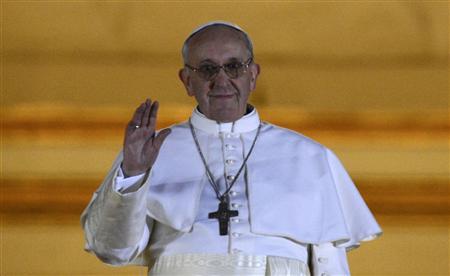
By ASSOCIATED PRESS | 3/13/13 2:25 PM EDT Updated: 3/13/13 3:29 PM EDT
VATICAN CITY (AP) — Argentine Jorge Bergoglio has been elected pope, the first ever from the Americas and the first from outside Europe in more than a millennium. He chose the name Pope Francis.
After announcing "Habemus Papum" — "We have a pope!" — a cardinal standing on the balcony of St. Peter's Basilica on Wednesday revealed the identity of the new pontiff, using his Latin name. Bergoglio had reportedly finished second in the 2005 conclave that produced Benedict XVI — who last month became the first pope to resign in 600 years.
The 76-year-old archbishop of Buenos Aires has spent nearly his entire career at home in Argentina, overseeing churches and shoe-leather priests.
(PHOTOS: Cardinals gather in the Sistine Chapel to elect a new pope)
Cardinals elected a new pope to lead the world's 1.2 billion Catholics, overcoming deep divisions to select the 266th pope in a remarkably fast conclave.
Tens of thousands of people who braved cold rain to watch the smokestack atop the Sistine Chapel jumped in joy when white smoke poured out, many shouting "Habemus Papam!" or "We have a pope!" — as the bells of St. Peter's Basilica and churches across Rome tolled, signaling a pontiff had been chosen.
The pope was due to emerge from the loggia overlooking St. Peter's Square to deliver his first words as the Bishop of Rome.
Elected on the fifth ballot, he was chosen in one of the fastest conclaves in years, remarkable given there was no clear front-runner going into the vote and that the church had been in turmoil following the upheaval unleashed by Pope Benedict XVI's surprise resignation.
A winner must receive 77 votes, or two-thirds of the 115, to be named pope.
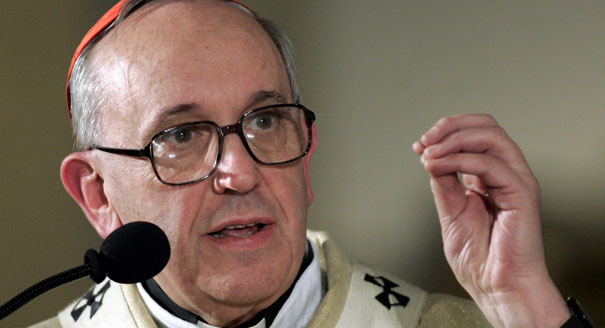
The conclave played out against the backdrop of the first papal resignation in 600 years and revelations of mismanagement, petty bickering, infighting and corruption in the Holy See bureaucracy. Those revelations, exposed by the leaks of papal documents last year, had divided the College of Cardinals into camps seeking a radical reform of the Holy See's governance and those defending the status quo.
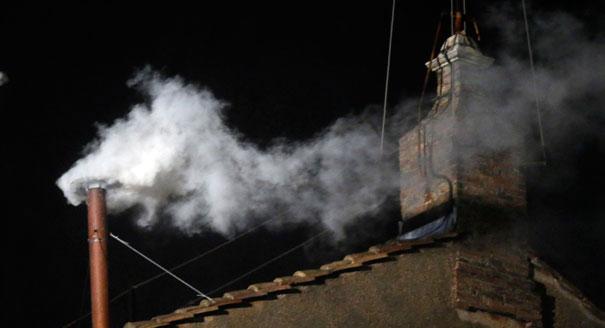
White smoke emerges from the chimney on the roof of the Sistine Chapel, in Saint Peter's Square at the Vatican on March 13. The white smoke indicates that the new pope has been elected.
(Photo: AP Photo)
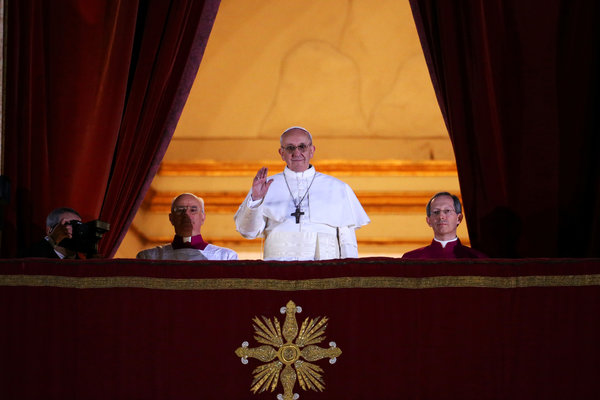
Cardinal Jorge Mario Bergoglio, the archbishop of Buenos Aires, has been elected the new pope.
Pope Francis biography, key facts, life in Latin America and background |
VATICAN CITY (AP) — Pope Francis is the first ever from the Americas, an austere Jesuit intellectual who modernized Argentina's conservative Catholic church.
His church had no say when the Argentine Supreme Court expanded access to legal abortions in rape cases, and when Bergoglio argued that gay adoptions discriminate against children, Fernandez compared his tone to "medieval times and the Inquisition." Both men were freed after Bergoglio took extraordinary, behind-the-scenes action to save them — including persuading dictator Jorge Videla's family priest to call in sick so that he could say Mass in the junta leader's home, where he privately appealed for mercy. His intervention likely saved their lives, but Bergoglio never shared the details until Rubin interviewed him for the 2010 biography. |
G. Trần Đức Anh OP
François (pape) [francais]
http://fr.wikipedia.org/wiki/Fran%C3%A7ois_(pape)
Pope Francis [ english]
http://en.wikipedia.org/wiki/Pope_Francis
Giáo hoàng Phanxicô
http://vi.wikipedia.org/wiki/Gi%C3%A1o_ho%C3%A0ng_Phanxic%C3%B4
Giáo hoàng Phanxicô

